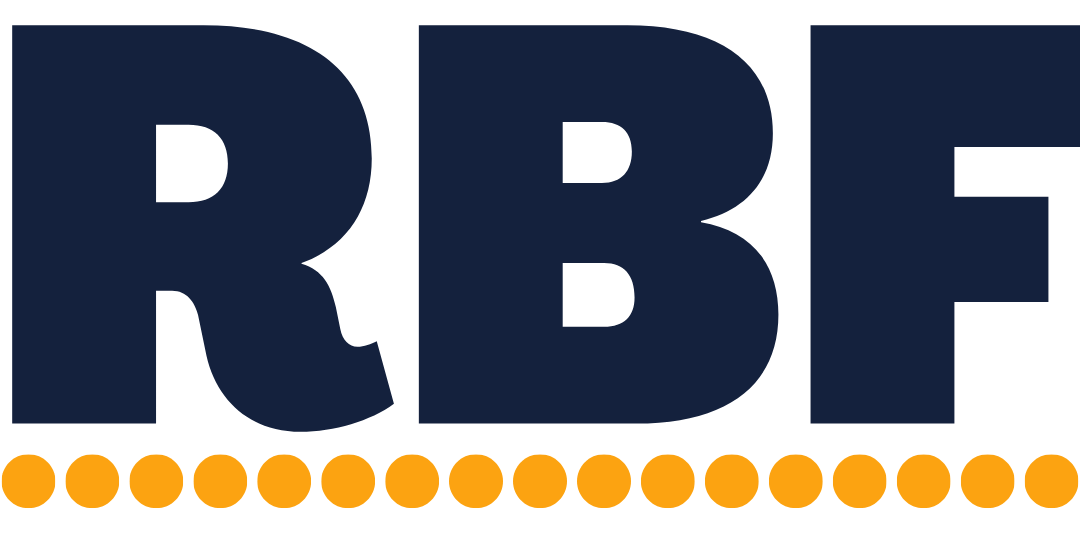4 ways to charge clients upfront
New entrepreneurs and business owners frequently fall for the Net 30 trap. They accept Net 30 payment terms (aka, getting paid 30 days after the invoice) because they think that’s just how business is done. They don’t realize there’s another way (or don’t quite understand how the other way works), so they just deal with all the issues that come with Net 30. And, even if your payment terms aren’t exactlyyy Net 30 and are Net 15 or ‘due on delivery’, collecting after the job’s done is still problematic. Frankly, it gives your client little incentive to pay on time (or at all) and leaves you with little leverage to nudge them into paying.
But, charging upfront solves all that. And, it’s one of the best things you can do for your agency’s cash flow. It guarantees you’ll get paid, essentially eliminates your Accounts Receivable (aka, outstanding and overdue invoices), frees up all that admin time wasted chasing invoices, and reduces your cash stress — all before you have to commit capacity, cash, and other resources to a project. It’s all upsides, except once in a while, you might need to have a tough conversation with a potential new client, but that’s okay. It’s worth it.
It doesn’t need to be fancy :
Charging upfront isn’t necessarily more complicated than charging afterwards. You can still send a normal invoice and wait for it to be paid, but instead, you’d send it before beginning a new project and wait for payment before beginning work (as opposed to sending it afterwards and hoping you get paid on time). But, it does benefit from technology and as you grow into it, you should consider bringing in new technology to streamline the entire process. For example, auto-debit your client’s card thru your invoicing software, integrate payments with your scheduling software, integrate payments with your e-signing software, etc.
Requiring deposits :
Taking deposits is a milder version of charging upfront. And, there’s two situations where you might want to charge a deposit.
- transitioning to upfront – while you definitely can go from getting paid 100% after-the-fact to 100% upfront in one fell swoop, it might feel uncomfortable and you can transition into it by requiring deposits before starting work. When going this route, ask for large deposits like 50%+ of the total project value. Large deposits are a solid step towards charging upfront and give you some of the same benefits (for example, if a client refuses to pay the second half, you won’t be completely screwed).
- to reserve capacity – if you’re fully booked or your client wants to begin in a few months, request a deposit to ‘save’ capacity for them. This is incredibly common in other industries (for example, everything related to a wedding) and still makes sense for marketing agencies and consultants. In this situation, request smaller deposits between 10-25% of the total project value. That’s just enough that you know they’re serious without being too much.
Breaking a project into milestones :
Some projects are just too big to fully charge upfront (for example, projects with very long timelines, projects that are large in comparison to the client size, etc). Milestones can make these projects more palatable for everyone. Break these large projects down into three to five concrete, defined milestones centered around deliverables or phases of the overall project. Then, require an initial payment before beginning the project and another payment when each milestone is approved and before starting the next phase.
Evergreen retainers:
Most industries are moving away from hourly and day rates in favor of flat-fee pricing, but hourly rates still have their place (for example, projects that’re pragmatically unpredictable and could take either 3 hours or 30) and some professionals just prefer them. If you’re billing hourly, you can (and should) still charge upfront by requesting clients pay an evergreen retainer that’s constantly topped off. For example, give your client a rough time budget (let’s say 40 hours), request a certain amount is paid before starting (10-15 hours worth), and as you work, update your client and request they pay additional retainer installments.
(Note: I’m not a big fan of this method. While it reduces your Accounts Receiveable and makes sure you get paid, it still takes a lottt of administrative effort to manage and can lead to client work interruptions at inopportune times, like when you’re really in the groove.)
The full amount:
The best way to charge upfront is by requiring the entire project be paid for in full before starting (or, for recurring work – requiring that month’s fee be paid at the start of the month). It’s the simplest method administratively, only requires one initial invoice, and there’s no moving pieces to track once you’ve been paid. Just check off the ‘Client has paid’ box in your project management, assign the work, and you’re off to the races.
Action Item:
Get rid of the Net 30. Change your payment terms in your proposal template to ‘due before beginning’ or ‘requires a deposit.’
💪 What we do at Resting Business Face 😤
🚀 Finance Partner: Forecast the next 12+ months, improve your cash flow, and work closely with yours truly.
🤓 Hands-off Consulting: Annual forecasting and quarterly calls when you need just a touch of guidance.
🏛️ Tax Essentials: Taxes, accounting, and payroll to keep your business on the IRS's good side.
